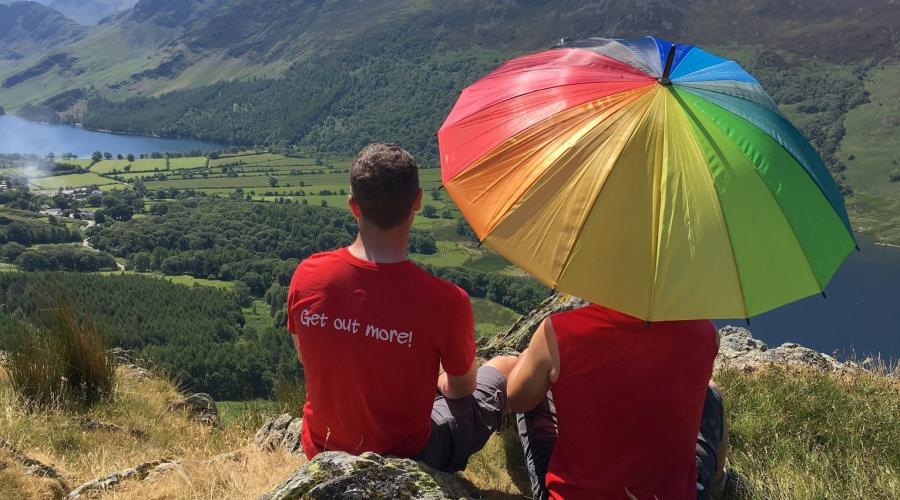Two castles and Pevensey Marsh in East Sussex
10 people attending
20 places left
Great big open clear vistas of meadows and streams are the main scenery of Pevensey Marsh and we shall cross this in two different ways as we journey between the ruins of the ancient 3rd century castle at Pevensey and the much more recent and still habitable 15th century moated castle near Herstmonceux and the nearby former Royal Greenwich Observatory visible in the distance in the first scenic photo.
Our meeting point for this day is very close to Pevensey Castle, which we shall visit on our return. To start with, we head Northwards out onto the marshes, mainly following the 1066 country walk which, in this stage, is the route that William the Conqueror is supposed to have taken from his landing point at Pevensey Bay to the battleground at Battle, near Hastings.
The former marshland known as Pevensey Levels was once an inland lagoon with various islands but is now criss-crossed with numerous artificial drainage channels which have confusing titles such as haven, ditch, sewer, stream and fleet, all prefixed with a relevant area name. Most of the area is a Site of Special Scientific Interest due to the varied flora and fauna which depend on it. It isn’t entirely flat but there are clear distant views in many places.
As the land begins to rise, so we arrive at Herstmonceux church. The name ’’Herstmonceux’’ comes from the Anglo-Saxon word hyrst, meaning "wooded hill", plus the name of the Monceux family who the Lords of the Manor there in the 12th century. However there was also a lady called Herste who married a Norman nobleman de Monceux so an amalgamation of these names is another origin.
The former manor which is now Herstmonceux castle, having been fortified in 1440, was already the largest private home in England and unique in that it was constructed in the French fashion of brick rather than stone.
The castle has undergone various reconstruction works and changes of use over the years and in 1946 the estate was bought by the Admiralty to be the new home of the Royal Greenwich Observatory. It remained thus for nearly forty years until light pollution from Eastbourne, among other factors, led to the RGO moving to Cambridge, leaving the observatories and telescopes themselves behind. This means that the Observatory Science centre at Herstmonceux remains a prominent educational and recreational facility. The castle and its grounds are also very popular with tourists and others.
Our walk circumnavigates both the castle and the observatories and then takes us through more diverse countryside for a while down to the village of Wartling and a possible pub stop. After that we descend through a the valley heading back down to the levels again. We shall follow the old A27, which is now a footpath near to the new fast marsh road to take us to the village of Pevensey and into Pevensey Castle itself.
This was constructed initially around the year 290 AD and was known to the Romans as Anderita. It fell into disuse after they left but was reoccupied in 1066 by the Normans who undertook various further improvements. It was occupied for most of the time from then until the late 16th century, after which it remained a crumbling ruin until the state acquired it in 1925. It was used during the Second World war as a garrison and is now administered by English Heritage.
From the castle, it is a short walk back to the station.
If you wish to read further about either of the castles or the observatories, please click the following web site links:
http://www.english-heritage.org.uk/visit/places/pevensey-castle/
http://www.herstmonceux-castle.com/
http://www.the-observatory.org/


What to bring
The word 'marsh' is a bit of a giveaway. Please make sure you have good stout footwear and be prepared in case it rains.
Food & drink
Please bring a packed lunch and make sure you have enough fluid to drink as there are no shops along this route.